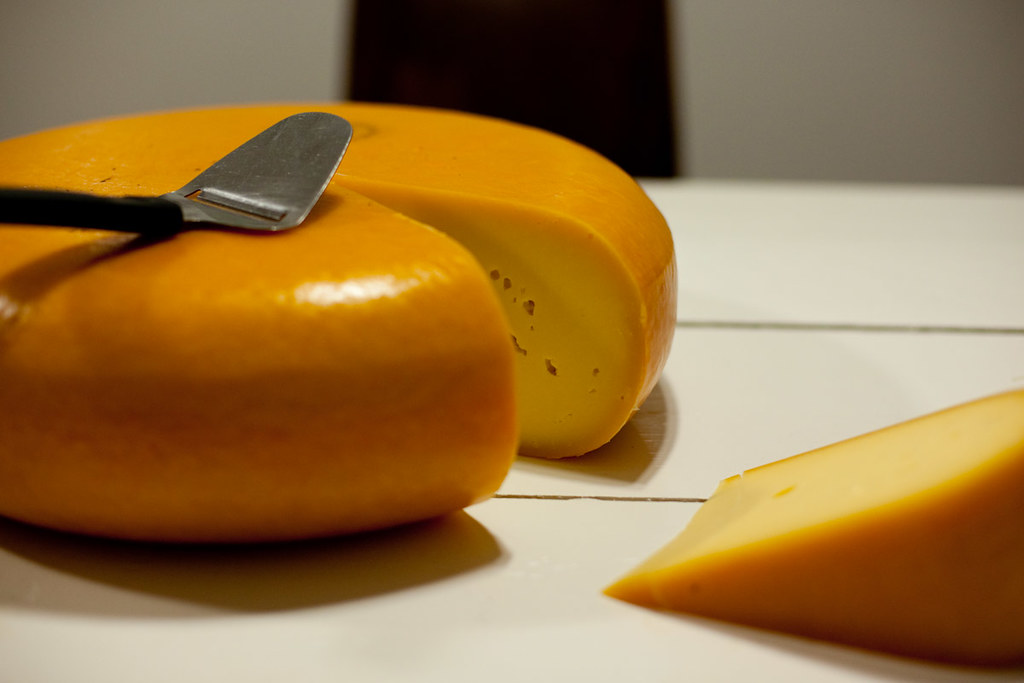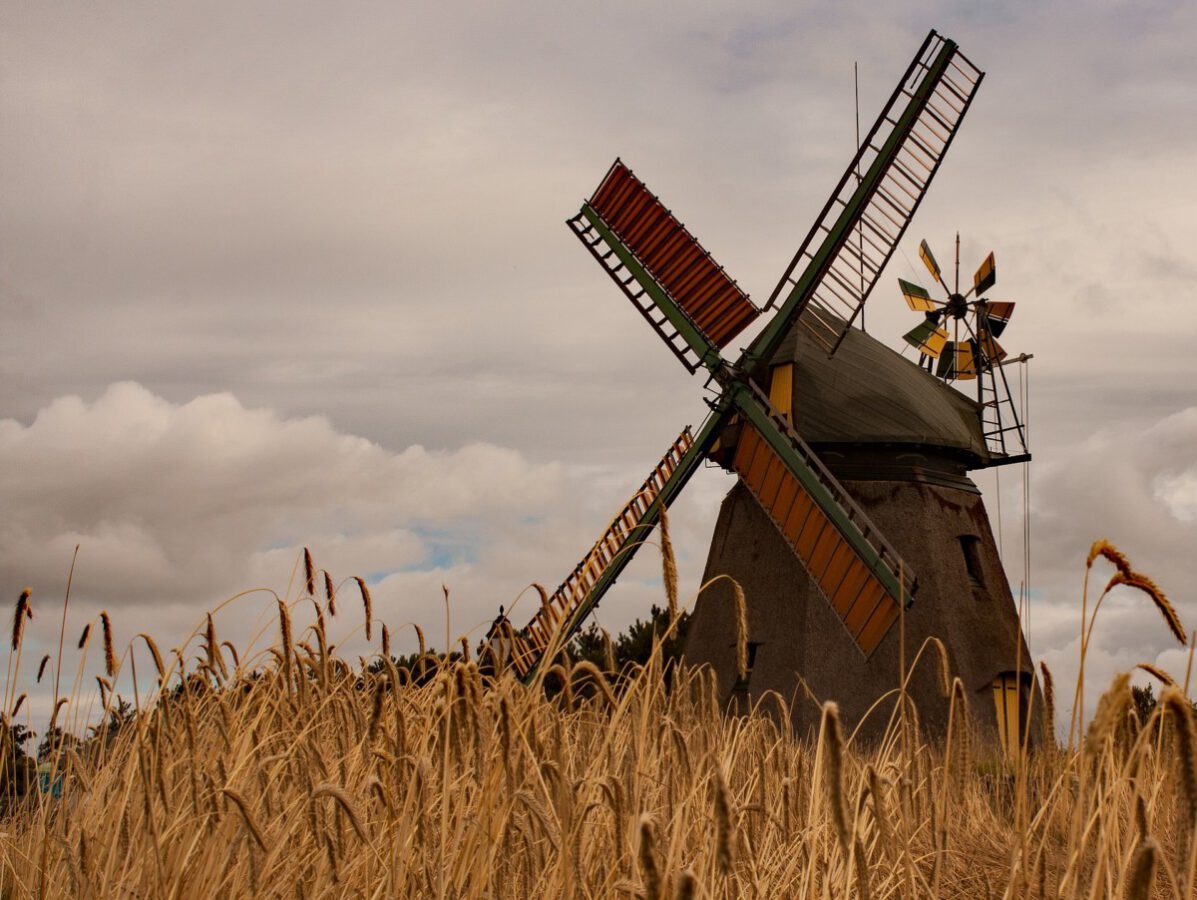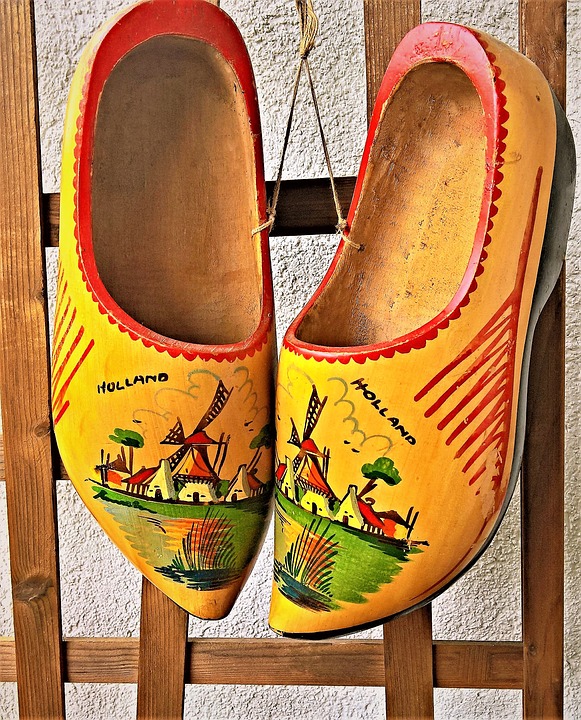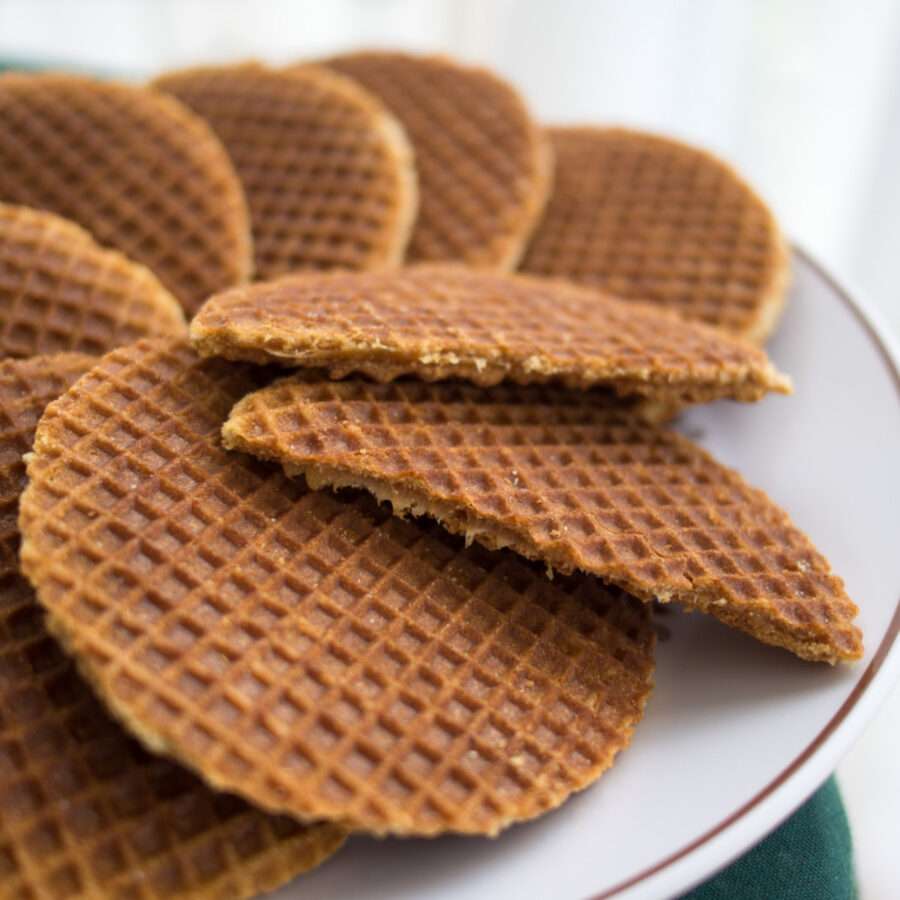The Netherlands has an addictive nature. Tourists often have this small but mighty country on their bucket list for a good reason, and the Dutch addictions have really spread far and wide.
“Dutch addictions”, I define as things the rest of the world cannot help but love. This addiction may be real or perceived. From food to iconic architecture, there’s a lot of the elements of Dutch life that are addictive. So here is my case for five truly addictive elements to living in the Netherlands.
1. Cheese
You may think 17 million Netherlanders can’t be wrong, and we agree. Who around the world doesn’t love a slice (or 10) of Gouda or Edam? Apparently, one of the Netherlands largest exports is putting a death grip on the world. I assume that means happiness and high cholesterol? In 2016, the Netherlands exported $3.3 billion in cheese which is 12.4% of their total exports.
But is cheese really an addiction? Some research says yes! It has opiate-like molecules built into it, as Forbes.com reports. These casomorphins exist in all dairy fat.

So does that mean milk is addictive? Come on! What’s next, Cheese Anonymous? Snopes.com however debunks the theory that you can have a diagnosable cheese addiction.
The USDA recommends only 1.5 oz of cheese a day maximum. Well, that’s not happening. Wait, maybe I am a cheese crackhead. If there’s a 12-step program, I’m there! I’m off to Gouda rehab. (I hope there’s wine too.) 🧀
2. Windmills
Windmills are often the first thing on your mind when the Netherlands enters a conversation. The Dutch built windmills for practical use to crush corn and to help reclaim the land starting circa 1200. But why are windmills addictive?
It could be the romantic history of windmills, helping the Dutch to claim much of their country from the seas. Windmills also were used as signals by positioning their sails to broadcast events and news, and decorated for events.

For the rest of the world, just looking at a picture of a windmill in a colourful tulip field seems to be hypnotic. Paintings, art, posters and yard models of windmills are available for purchase almost anywhere in the world. Tourists visiting Holland stand ready with a camera (sometimes for days) pleading for the sun to shine for that perfect picture. Whatever the psychological reasons, the majestic windmill is definitely one of the Dutch addiction that has gone global.
3. Clogs

Another practical item that turned into a Dutch addiction is these wooden shoes. To the Dutch, clogs worn like garden crocks or wellington boots. A waterproof garden and farming shoe. They have been around since medieval times. The rest of the world doesn’t flock anywhere for rubber boots, but they do flock to the Netherlands to buy these uncomfortable wooden shoes.
Over three million are made a year, most going to tourists whether they’re plain clogs, beautifully painted, clog slippers, or custom clogs. When tourists buy a pair, they smile like a drug addict getting their daily fix. Who can blame them?
4. Stroopwafels

As a child in the USA, I only knew waffles with maple syrup. I liked them well enough, but Stroopwafels present a waffle that is portable and ready to eat on the go. They seem to have some kind of secret addictive ingredient. These syrup waffles might accompany you on car rides, picnics, or even just while watching the TV. In the US, you can drive a thousand miles and not find a bitterballen or pannekoeken, but you will find stroopwafels on the shelves. 🥞
As reported by Bakeryandsnacks.com, Dutch baker Daelmans alone produces several million a day in his bakeries across 30 countries. The total number of stroopwafel made worldwide goes well into the billions every year. Sounds like a worldwide addiction to me!
5. Heineken
There are many famous brewers that have crossed the pond, but Dutch Heineken has been making beer since 1864. When I visited the Netherlands, my wife’s local Dutch relatives would point out the Heineken Brewery from the train, every single time. Funnily enough, it began to stick in my brain. Heineken!
Back in the states, green glass bottles became fascinating to me. Heineken would catch my eye first when browsing brews in the supermarket. The green bottle with a red star. Suddenly, six showed up in my refrigerator. I must’ve gone into a Heineken based hypnotic state. 🍻
All kidding aside, alcohol is obviously addicting to some. Although the Chief Commerce Officer of Heineken a few years back touted the health benefits of beer (fewer calories than milk, and it’s one of few natural drinks), he stressed moderation of course. Not that I need another excuse to have an occasional beer.
Nevertheless, in 2011 Heineken produced 2.74 billion litres of beer in the Zoeterwoude brewery for shipment to 170 countries. That’s a lot of “healthy” drinks! Nearly 16.5 billion litres from all 160 of their beer brands were shipped worldwide in the same year.
So Heineken, by sheer numbers and alcohol content, is a “Dutch addiction” in a number of senses. It’s a popular beer, and we must face facts, James Bond drinks it in Skyfall – so it must be cool!
Dutch Addictions
It’s clear the Netherlands is sending out addictive produce across the world. I believe I am attracted to most of these five Dutch addictions. Blame the Netherlands when they kill me.
It won’t be pretty when I trip in my clogs, distracted by my cholesterol report, as I choke on my cheese-covered stroopwafel, crash into a cheap copy of a Van Gogh windmill painting, and impale myself on my Heineken bottle. At least I will die happy. Please place tulips on my grave.
What other “Dutch addictions” have spread around the world? Share with us in the comments!
Editor’s Note: This article was originally published in March 2018, and was fully updated in April 2021 for your reading pleasure.
Feature Image: Eelke/Flickr






Delft blue dishware! So pretty. #6
‘Bram Ladage’ patat (Rotterdam)
Ik woon momenteel in Pakistan maar ben gek op patat !?